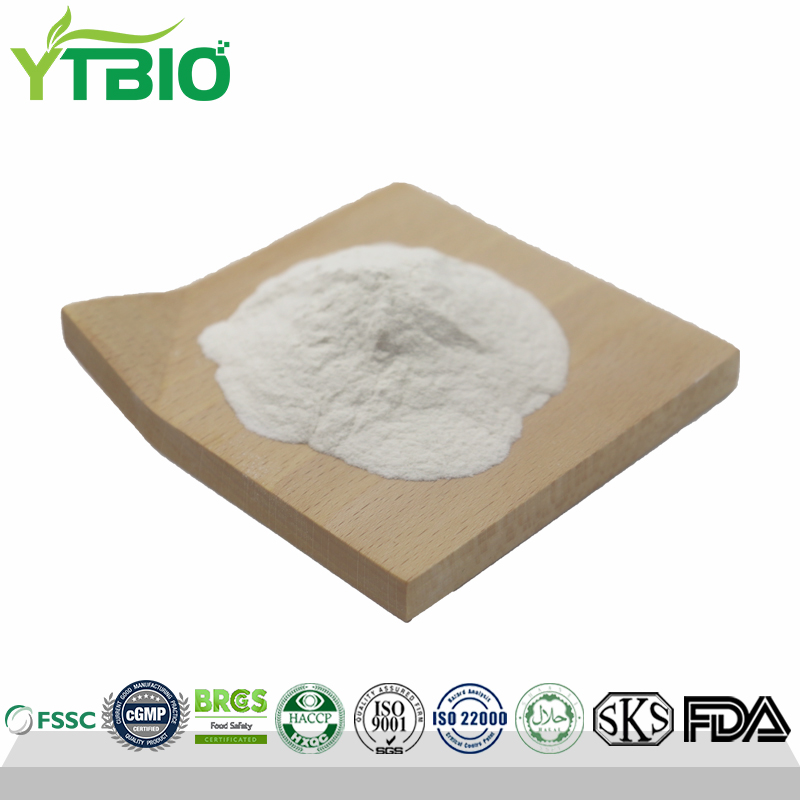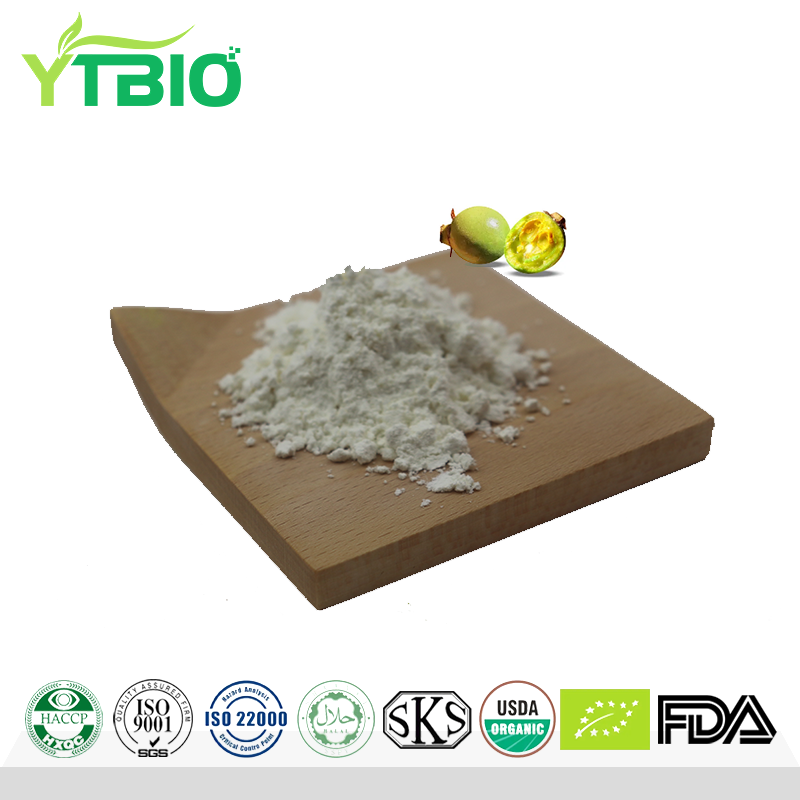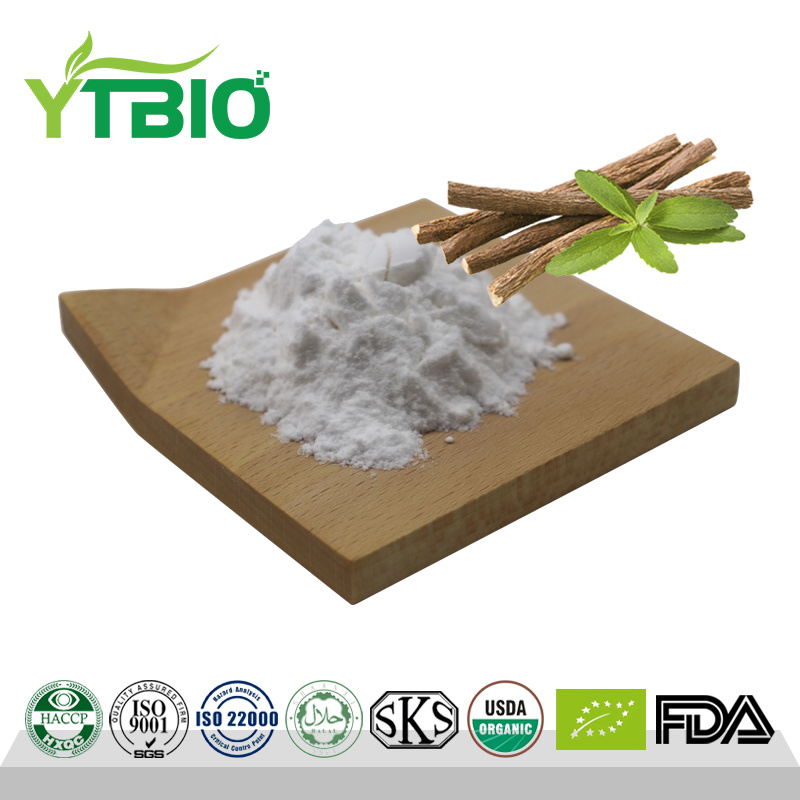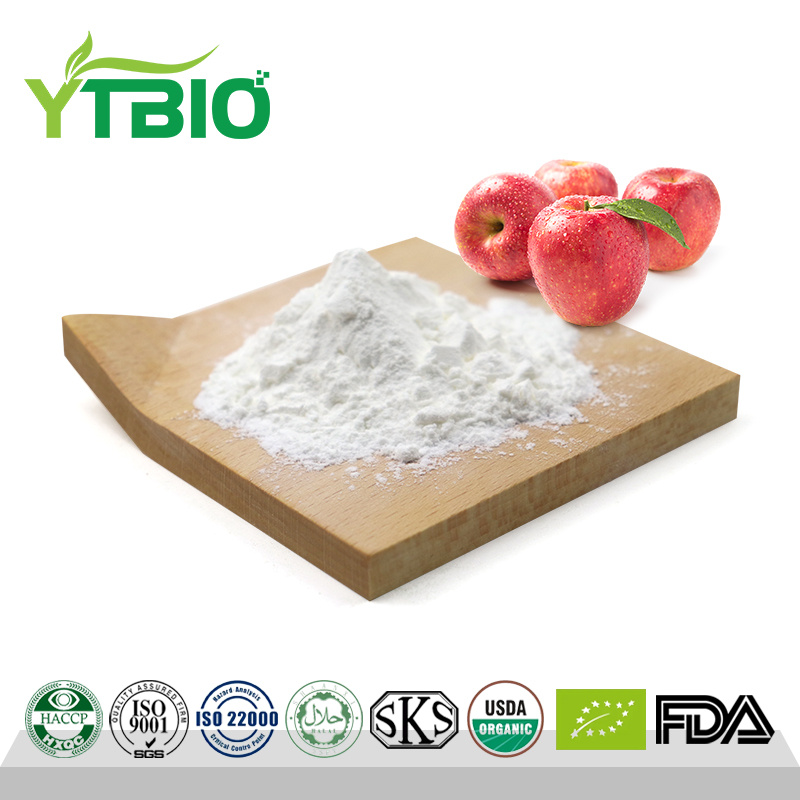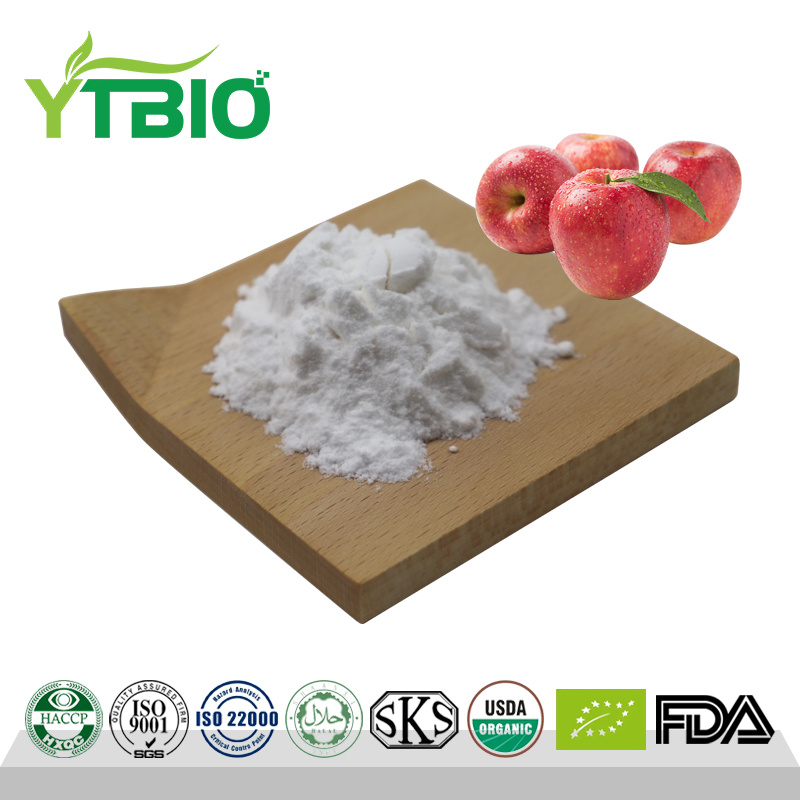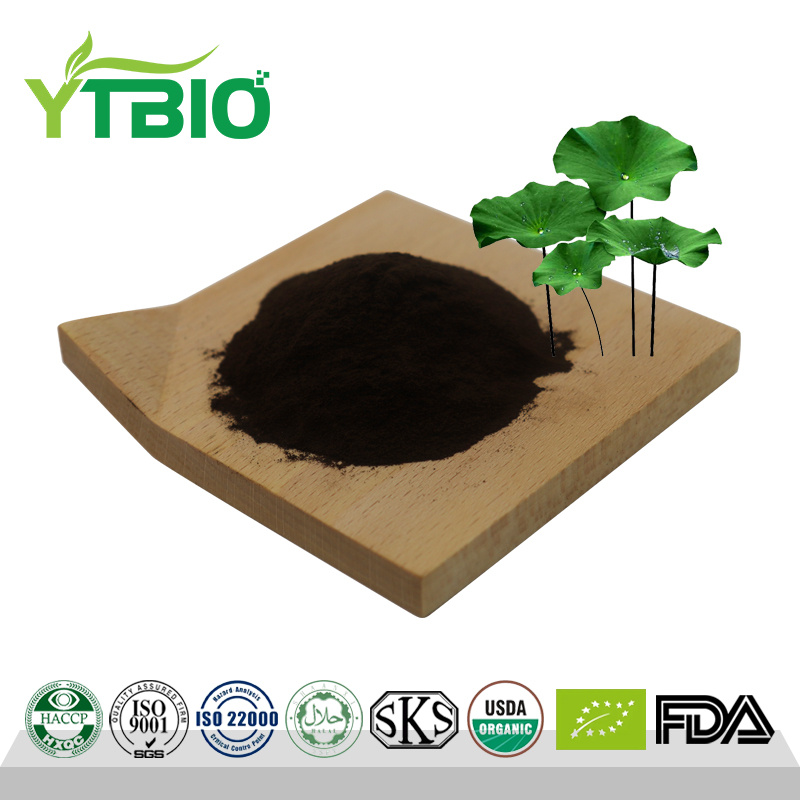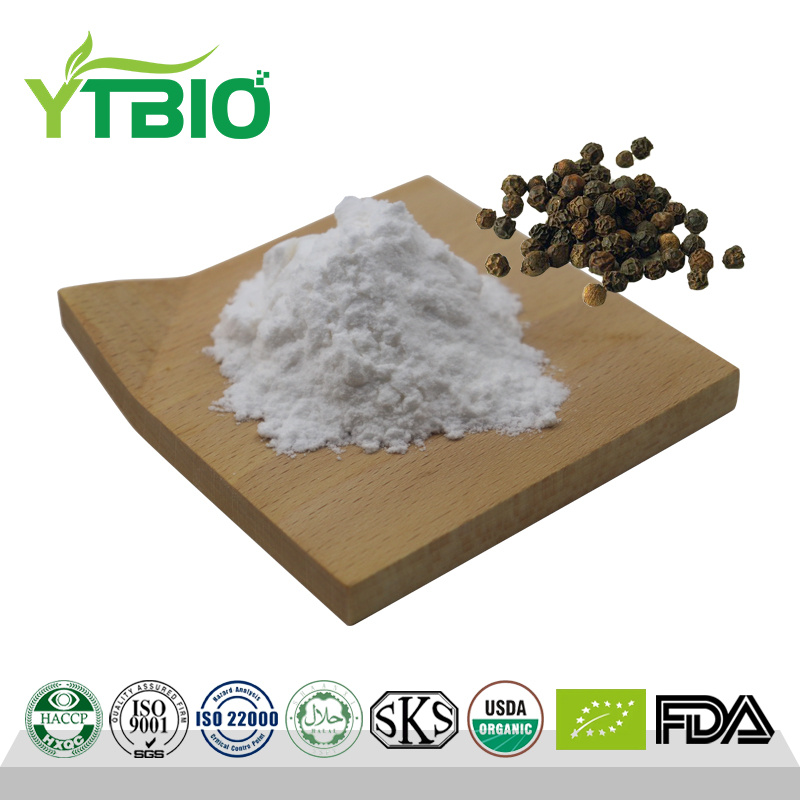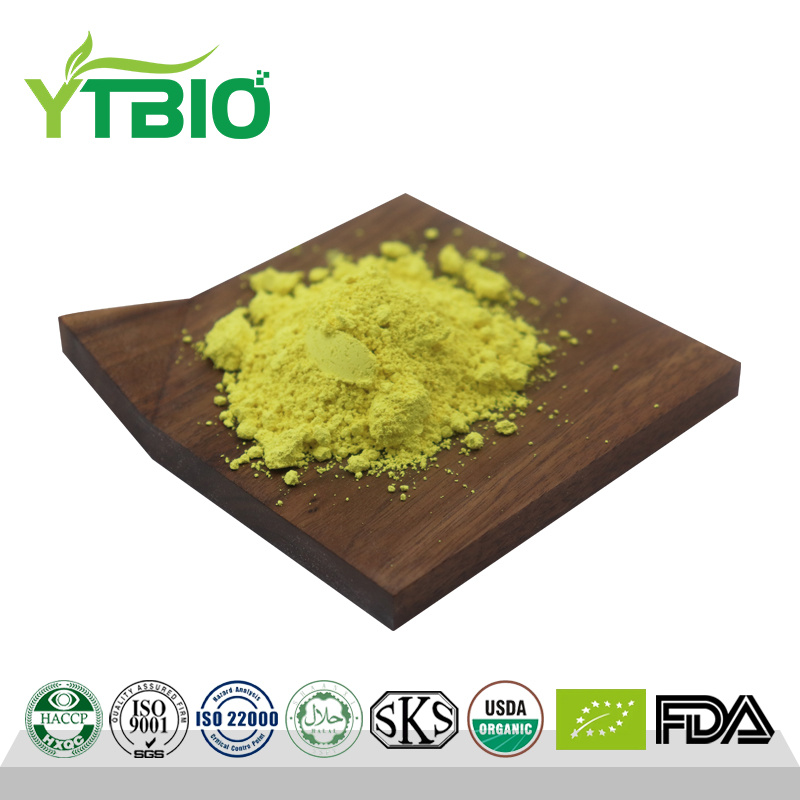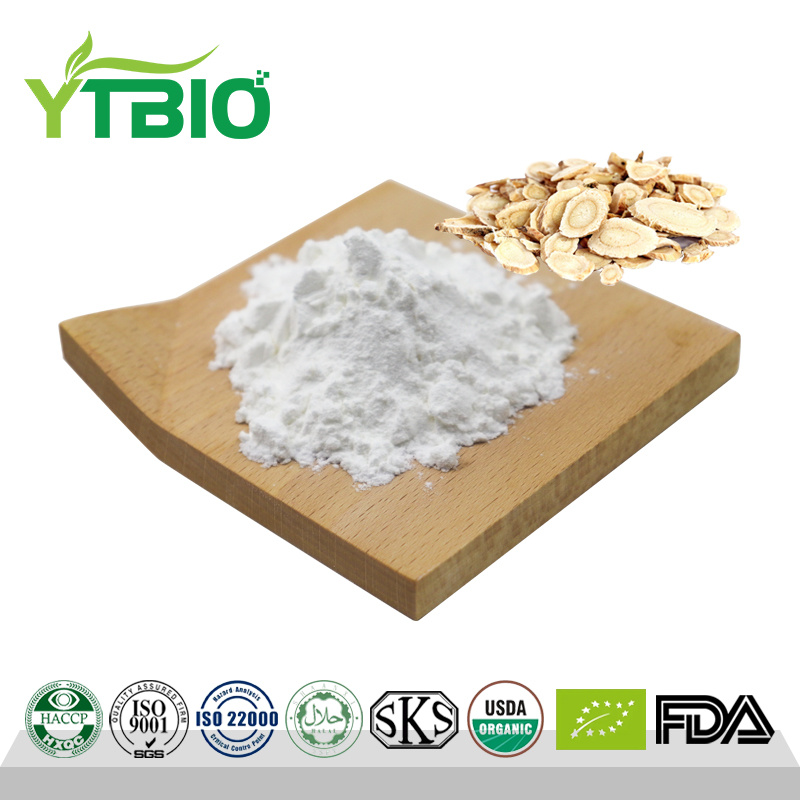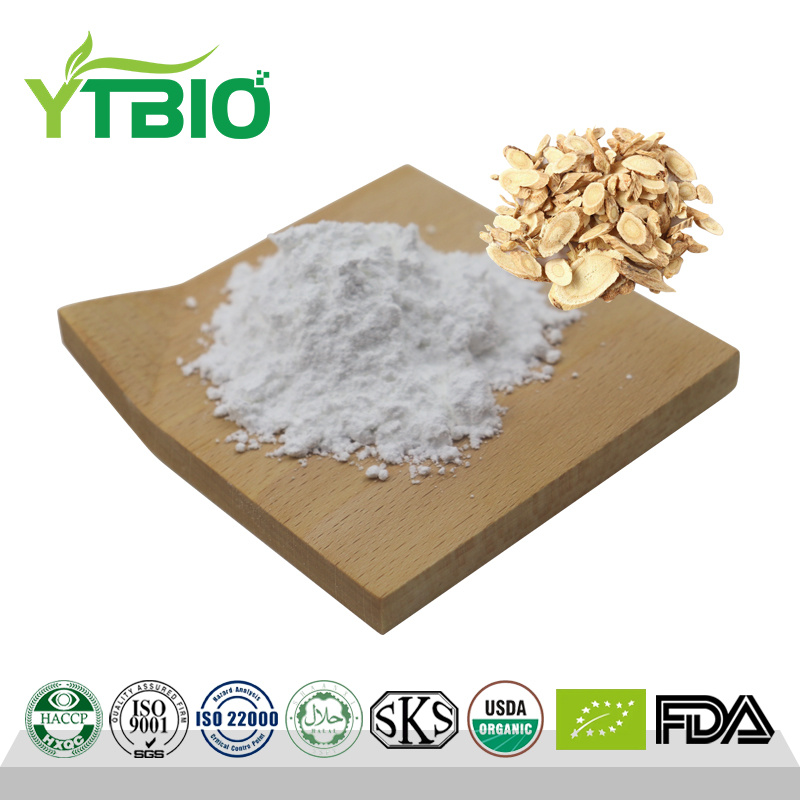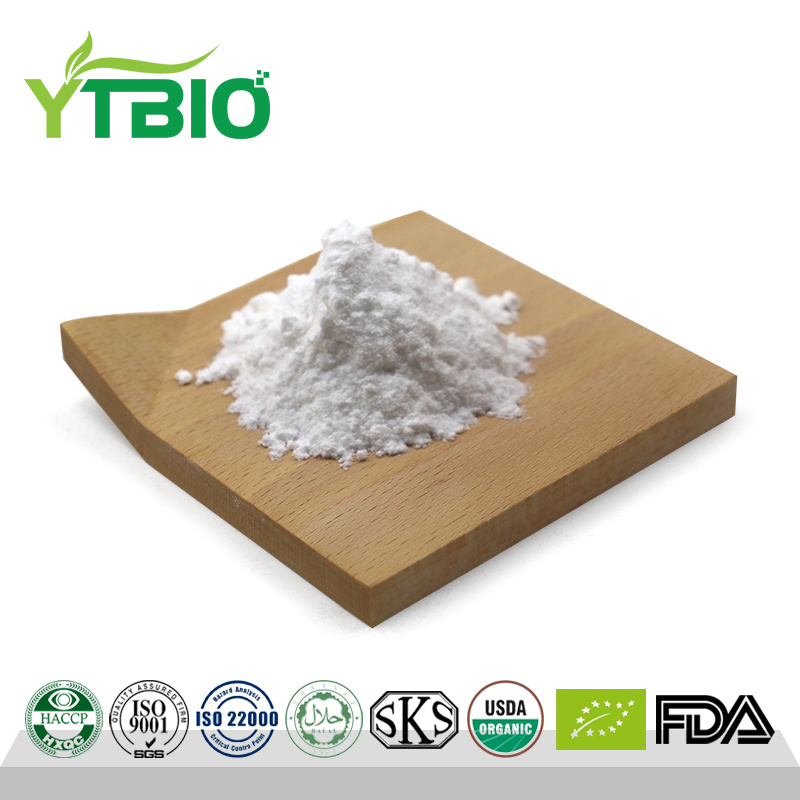BHB Beta-Hydroxybutyrate powder CAS 300-85-6
What is Beta Hydroxybutyrate?
β-Hydroxybutyric (β-Hb) is a component of ketone bodies (including acetoacetic acid, β-Hydroxybutyric acid and acetone), accounting for 78% of the total ketone bodies. It is a unique intermediate metabolite when fatty acids are decomposed and oxidized in the liver. Since diabetic patients cannot normally use glucose oxidation for energy, the decomposition of body fat increases, and the decomposition of fatty acids in the liver is correspondingly vigorous, resulting in a large accumulation of ketone bodies in the body, leading to ketosis and ketoacidosis. β-Hydroxybutyric (β-Hb) is an important indicator that reflects the true situation of ketoacidosis and measures the efficacy of ketoacidosis.
BHB Series Products
|
Product Name |
Specification |
|
Ketone Ester(R-BHB) |
98% |
|
Beta-Hydroxybutyrate Magnesium;BHB Magnesium |
98% |
|
Beta-Hydroxybutyrate Sodium;BHB Na |
98% |
|
Beta-Hydroxybutyrate Calcium;BHB Ca |
98% |
|
Beta-Hydroxybutyrate Potassium;BHB K |
98% |
Concept and metabolism of β-hydroxybutyrate
β-hydroxybutyrate is the main component of ketone bodies, which is mainly produced in the liver through fatty acid oxidation and metabolized in extrahepatic tissues. Ketone bodies contain three components: β-hydroxybutyrate (β-OHB), acetoacetate, and acetone. Therefore, clinically, the production of ketone bodies in the body's blood is understood by testing the content of β-hydroxybutyrate.
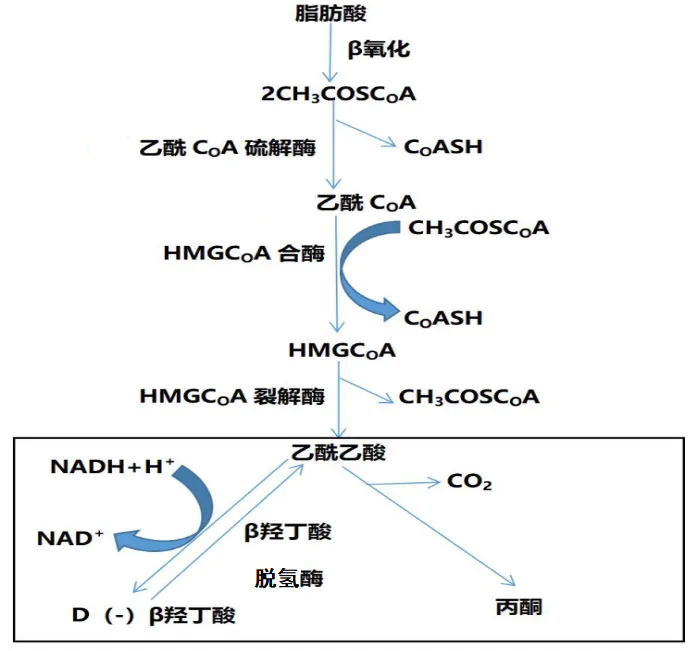
Ketone Body Metabolism Diagram
Plasma fatty acids undergo β-oxidation in the liver mitochondria to form acetyl-CoA. When there is insufficient oxaloacetate to combine with acetyl-CoA and enter the tricarboxylic acid cycle, acetyl-CoA is converted to acetoacetate through a series of reactions. Acetoacetate is then catalyzed by mitochondrial β-hydroxybutyrate dehydrogenase 1 to form β-hydroxybutyrate (β-OHB). A small amount of acetoacetate in the blood is either spontaneously decarboxylated or decarboxylated by acetoacetate decarboxylase to produce acetone.
β-OHB is the most abundant ketone body in plasma, with a concentration five times that of acetoacetate.
What is the Clinical Significance of β-Hydroxybutyrate Testing?
Application of β-Hydroxybutyrate Testing in Diabetes Diagnosis and Treatment
In diabetic patients, due to the dysregulation of fat and protein metabolism, there is a significant accumulation of ketone bodies in the body, particularly β-hydroxybutyrate in the serum, which is one of the major ketone bodies. β-hydroxybutyrate is relatively stable in the blood and can accurately reflect the level of ketones in the body. Therefore, testing for β-hydroxybutyrate can serve as an important indicator for diagnosing and evaluating the progression of diabetes.
Research has shown that as the duration of diabetes progresses, the level of β-hydroxybutyrate in the patient's serum increases progressively. Compared to Stage I patients (disease duration ≤ 1 year), patients in other stages (Stage II, Stage III, and Stage IV) have significantly higher levels of β-hydroxybutyrate in their serum, with statistically significant differences (P < 0.05). This result indicates that the increase in β-hydroxybutyrate levels in the blood of diabetic patients is closely related to the severity of the disease, and changes in β-hydroxybutyrate levels can effectively reflect the progression and changes in the condition of diabetes.
Table 1. β-Hydroxybutyrate Levels in Diabetic Patients at Different Stages
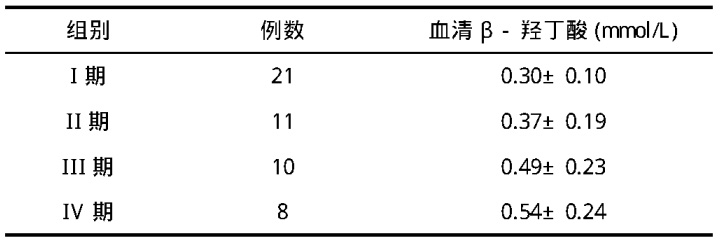
Note: Diabetic patients are analyzed based on the duration of onset: Stage I (disease duration ≤ 1 year); Stage II (disease duration 1-5 years); Stage III (disease duration 5-10 years); Stage IV (disease duration > 10 years). (Source: Image from literature)
Currently, the main indicators for monitoring diabetes include blood glucose and glycated hemoglobin (HbA1c). However, these indicators do not fully reflect the status of lipid metabolism in the body. As ketone bodies are products of fat metabolism, their levels can more intuitively reflect the state of lipid metabolism. Therefore, the measurement of blood β-hydroxybutyrate can serve as an important indicator for assessing lipotoxicity.
For diabetic patients, especially those with high glycated hemoglobin (HbA1c) and fasting blood glucose levels, monitoring blood β-hydroxybutyrate levels is of significant importance. Although urine ketone testing may be negative, the level of β-hydroxybutyrate in the blood can more sensitively reflect potential metabolic disturbances and the risk of diabetic ketoacidosis. Therefore, the monitoring of β-hydroxybutyrate has important clinical value in diabetes management.


